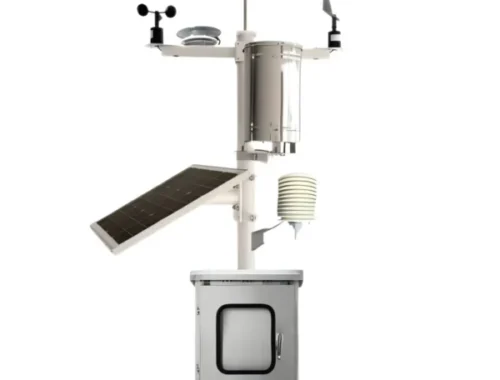5 of the latest sports science research stories
2) The last 40 years has seen an explosion in running. But a review by biomechanics expert Benno Nigg shows that, despite purported advancements in run-shoe technology, injury rates haven’t dropped. Nigg suggested not choosing run shoes based on gait analysis, such as pronation and impact forces (whether you land on your heel or ball of your foot). Instead, he observed that your body naturally runs to its ‘preferred movement path’, whatever shoes you’re wearing, which their research showed was usually the most comfortable pair.
Click Here: tonga rugby shirts
3) Rotator cuff strain, patellar tendonitis, shin splints… even the strongest triathlete can suffer multisport injuries. Rest, recuperation and, according to Prof Kevin Tipton of Stirling University, a change in nutrition strategy helps recovery. A long spell off can reduce muscle mass so Tipton suggests eating more protein (2-2.5g/kg/day). Creatine, used by bodybuilders, can also stave off muscular reductions, while there’s a case for upping omega-3 intakes, too. The fatty acid reduces inflammation, though Tipton says swelling aids healing.
4) Looking to lose weight after the Christmas binge? Turn to skimmed milk. Dr Penny Rumbold of Northumbria University had nine female recreational exercisers drink either 600ml of skimmed milk or 600ml of orange juice after 30mins of exercise followed by a pasta dish 60mins later. The milk group consumed 25% less calories than the orange group, proposing that the higher-protein drink satiated appetite more than the vitamin-C-rich juice. It’s down to elevated levels of the hormones cholecystokinin and glucagon-like peptide-1, used in insulin control.
5) The past few years have seen a rise in athletes basing their training on heart-rate variability (HRV), most notably via the Omegawave training tool. HRV gives information about the status of the cardiac-autonomic nervous system, the strength and balance of which conveys how resilient an athlete will be.


